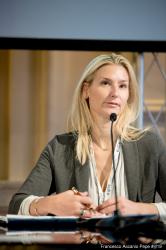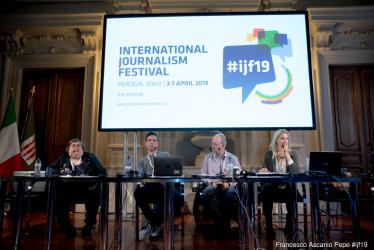Is quality information like quality nutrition? Can we map the building blocks of useful information online without further censorship? Is building a nutrition label for credible content a feasible concept for the future? And more broadly, can we agree on scientific and systematic ways to assess the credibility of information and whether they can be applied at scale?
The Credibility Coalition, an interdisciplinary community committed to improving our information ecosystems and media literacy, explores these questions through collaboratively-structured definitions and shared results from tests for content credibility. One way to start getting at the complexities around separating the credible from the questionable elements of a news post is to think about how to express informational quality as a nutritional label.
The label includes markers to differentiate fact from opinion, possible commercial or political influences, and a list of sources. As Matt Stempeck described it while studying this issue at the MIT Center for Civic Media, “…the goal is to make information about the news available to individuals who would like to benefit from it. The rollout of FDA nutrition labels on food packaging in 1990 in the United States did not force individuals to eat differently, but it did provide critical dietary information for those consumers who sought it.”
We think this model will prove useful in helping develop universal credibility standards as well as allowing the public to understand our work in a simpler way. At the same time, it avoids complete censorship or a polarizing value assessment of the content, letting opinions stand as opinions in context.
CredCo leads, along with other leaders in the field, will discuss all of this as well as the methodology behind the initiative's work and its innovative and unique approach to combating misinformation. We will also discuss practical applications within the framework of the W3C Credible Web Community Group.
Organised in association with Meedan.







